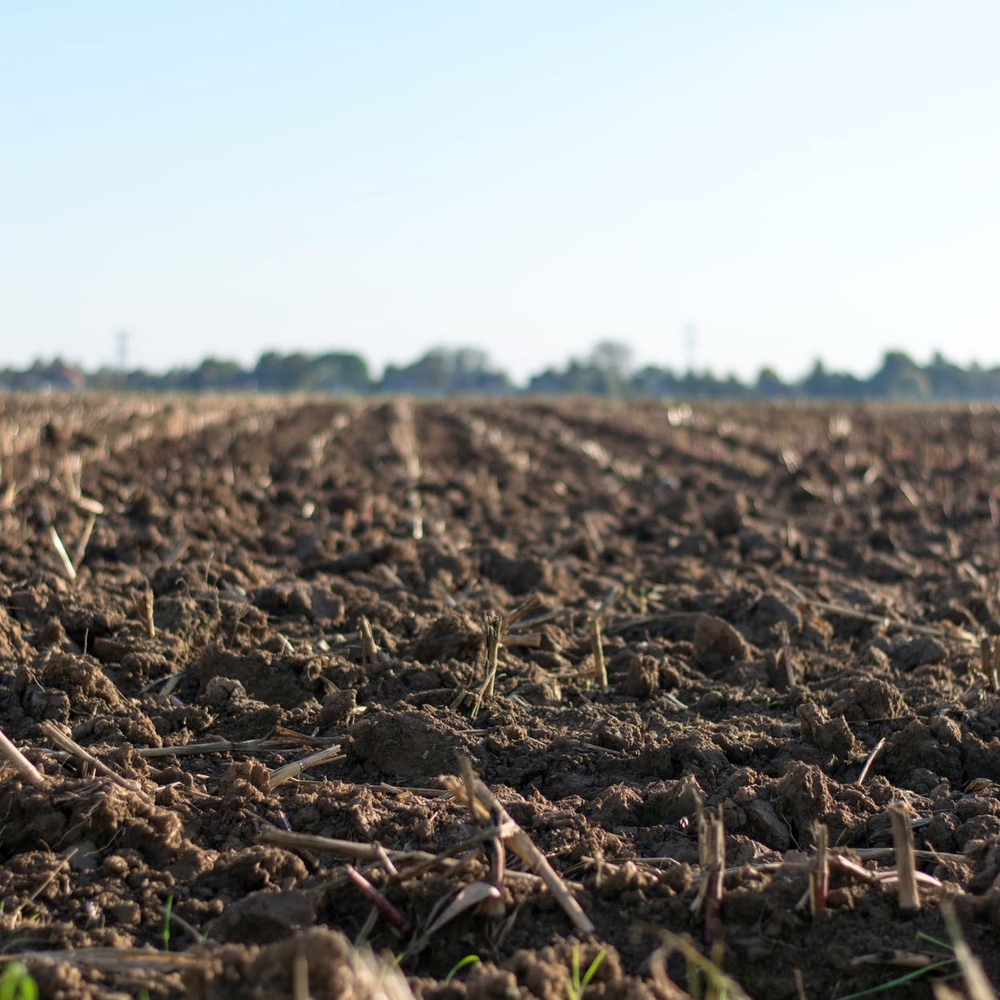NanoFASE Case Study: Groundwater remediation with zerovalent iron
Zerovalent iron nanoparticles (nZVI) are being used for remediation of groundwater polluted with chlorinated ethenes, hexavalent chromium and arsenic. Remediation using nZVI shows several advantages compared to other methods:
- nZVI remediation is fast because it is abiotic (by contrast, microbes need time to process pollutants in soils for remediation and that increases monitoring cost)
- nZVI enhances biodegradation (by opening niches for halorespiring microbes)
- nZVI is efficient (it works at high concentrations and for recalcitrant compounds)
- nZVI is safe by design (it is designed to react with pollutants and then oxidize into rust).
Nanoparticles injected into the borehole aggregate, deposit and react with both the pollutants and electron acceptors in the groundwater. Finally, the particles oxidize and produce secondary minerals and dissolved iron non-distinguishable from natural iron. As such, nZVI application at subsurface could be considered both safe and beneficial to the environment. However, in some countries, regulators hesitate to use nZVI for groundwater remediation. The NanoFASE case study takes a ‘worst case’ approach in order to test safety.
Study aim |
This study explores the fate of nZVI particles escaping the application zone that could be transported towards receiving water. nZVI fate is modelled using the fate descriptors (parameters) gained from the NanoFASE column experiments.
Experimental approach |
Overview |

|
Environmental medium: Soil NP type/size: Fe0, 100nm |
Results |
|
Modelling parameter ouputs |
Emitted to |
|
|
Read more |
Read also |
|
Visit the NanoFASE Libraryto read summaries of these reports: |
Nathanail CP et al., 2016. A preliminary risk assessment procedure for renegade nanoparticles deployed during nanoremediation. Remediation Journal. 26(3), 95–108. doi:10.1002/rem.21471
|
Contact

Jaroslav Nosek
Technical University of Liberec (TUL)


